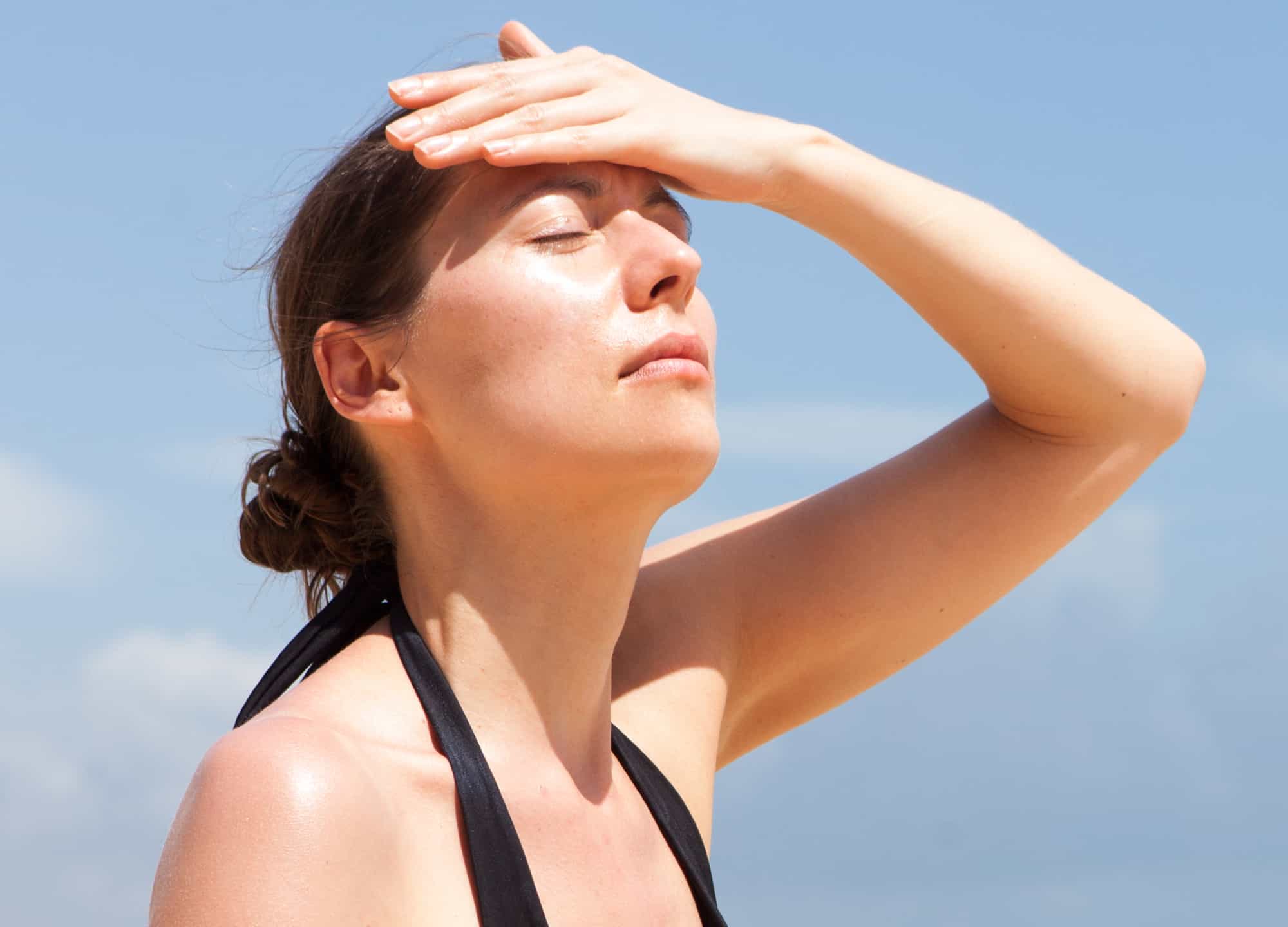Featured Experts
Dr. David Shafer, a board-certified plastic surgeon in New York City
Dr. Norman Rowe, a board-certified plastic surgeon in New York City
Dr. Kenneth Mark, a board-certified dermatologist in New York City and Aspen, Colorado
There are a ton of variables that can determine the dosage of a Botox injection, like the strength of your facial muscles, the skill and expertise of your injector, and your overall lifestyle. And it’s not a one-size-fits-all calculation. Starting small, with a conservative amount, could help prevent a frozen look but could also be too subtle. On the other hand, a higher amount might get you the results you actually want—but it might feel a little weird for the first few weeks.
And now research has found that your climate could impact how much of the neuromodulator you should get. A new study published in Plastic and Reconstructive Surgery found that people living in high-sun climates may require higher doses of Botox to get the same results compared to people who live in less sunny areas.
In the study, women in the Mediterranean country of Malta—dubbed the “high-sun” group—received injections in the summer, while the “low-sun” group consisted of women in London who were treated in the winter; all received botulinum toxin A in the glabellar muscles, or the “elevens” between the brows. After that initial injection—which was the same dosage for everyone—they then received additional touch-ups as needed to achieve “full clinical paralysis.” (FYI: All patients received the same type of botulinum toxin too.)
People in the high-sun group needed larger top-up doses and ended up getting more botulinum toxin A over time to maintain their results, requiring an average of 2.24 units for each top-up—versus 1.98 units for people in the low-sun group. And in total, the high-sun group received 29.2 units, on average, compared to the 27.3 units for those in the low-sun group.
There are a few reasons this could be the case. For one, “in sunnier climates, patients may be squinting more, causing more stress and dynamic lines in the upper face,” says Dr. David Shafer, a board-certified plastic surgeon in New York City, who notes that you can see a similar effect in lifeguards and people who work outdoors.
On top of that, sun exposure might actually break down neuromodulators more quickly too. “Perhaps the increase in temperature or the sun’s ultraviolet rays denigrate the Botox,” says Dr. Norman Rowe, a board-certified plastic surgeon in New York City. (One small study on the topic found that UVB rays, in particular, can impact the efficacy of botulinum toxin.)
While he hasn’t seen the impact of sun make a big difference in his practice during the summer months, the difference in the total dosages from the study isn’t that big in an office setting, anyway. “While they are different amounts, it does not lead to any major clinical implications or great changes in treatment protocols,” Dr. Rowe says. In other words, it’s very unlikely that you would need more Botox (or see a subtler result from your usual number of units) during hot, sunny seasons.
It’s also worth keeping in mind that the study didn’t control for ethnicity—and London is much more diverse than Malta—or account for travel during the study period. Plus some research has found that people who’ve previously received botulinum toxin injections can have longer-lasting results, which requires a smaller dose; people in London may simply have more access to Botox injection than their counterparts in Malta, though the study didn’t look at that.
Plus there are also other reasons you might need a certain dosage beyond sun exposure. “I have noticed that patients with a higher metabolism, and especially those who participate in intense exercise, such as hot yoga, tend to require greater amounts of Botox,” says Dr. Kenneth Mark, a board-certified dermatologist in New York City and Aspen, Colorado.
Ultimately, your injector will determine the best dosage for you, whatever the forecast. “Dosing guidelines are just for reference,” says Dr. Shafer. “When I talk with patients, we discuss ranges of dosing and then decide on a treatment plan based on my assessment of their anatomy and their response to treatment.”











